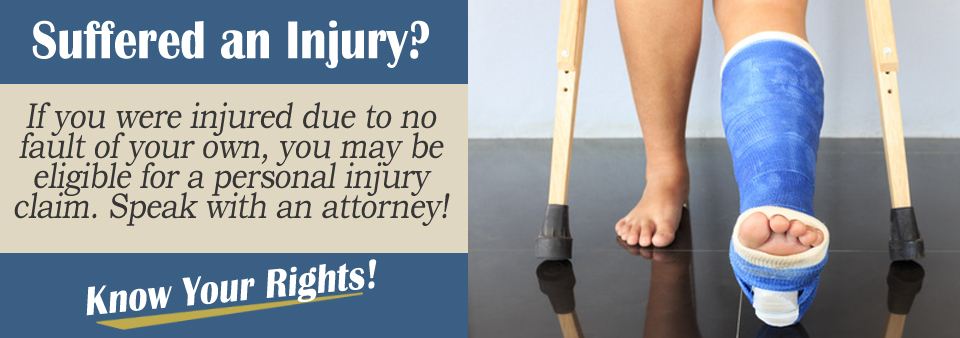If you have been involved in an accident, you have most likely suffered damages. To be compensated for those damages, you will have to file a personal injury claim and seek your losses from the liable party’s insurance carrier.
Writing and sending a demand letter is the big start of an insurance claim negotiation. You will use this letter to make the insurance company clear of your requests and to make sure the insurance company understands your arguments and concerns.
When you send a demand letter, you need to clearly state these things:
- Explain what happened.
- Detail your injuries.
- Explain why the other person is legally responsible for your injuries.
- Detail your medical treatment and its cost.
- Explain any missed work and lost wages.
- List all the other damages you suffered.
- Explain why you qualify to make a claim against the other party, even if it is under no-fault insurance coverage.
- Conclude with a demand for the insurance company to settle with you and clearly state the lump sum amount you want to settle the entire claim.

Carefully Wording Your Demand Letter
You need to go over all documentation and any notes that you have regarding the details of the accident. You want to be reminded of the extent of the injuries, the disruption of your life, the inconvenience, the missed work, the medical care, and the pain and suffering. You will need to focus on a few of those elements when you write your letter.
- First, cover liability. Explain how the insured party was at fault and how the accident occurred. Note any support that you have for your theory, such as the accident report, statements from witnesses, and so forth.
- Discuss the negligence aspect. In many accidents, whether your own actions played a role in the resulting accident can be a hot topic. Raise this issue in your demand letter by denying you were at fault for any portion of the accident. Even if you think you were partially to blame, do not acknowledge it in this letter.
- Give a detailed report about any injuries and the medical treatment received. Discuss your pain, the difficulty of recovery, any disabling injuries, any lasting effects, and the costs of medical care. Don’t over dramatize your situation but be honest. When you can, use medical terms to describe your injuries.
- Provide an itemized list of medical expenses along with the names of providers and dates of visits.
- Provide documentation to show missed work and the amount of wages that were lost because of your inability to perform your job.
- Other losses should also be noted, such as inconveniences, the inability to attend functions, embarrassment, mental trauma, or other losses.
- Last, but not least, indicate your demand for monetary compensation. Your settlement should include all your damages, including medical expenses, lost income, pain and suffering, and other losses. Set a figure that is higher than the actual value of your claim. As an example, ask for 75% to 100% more than what you would accept, so there is room for negotiations.